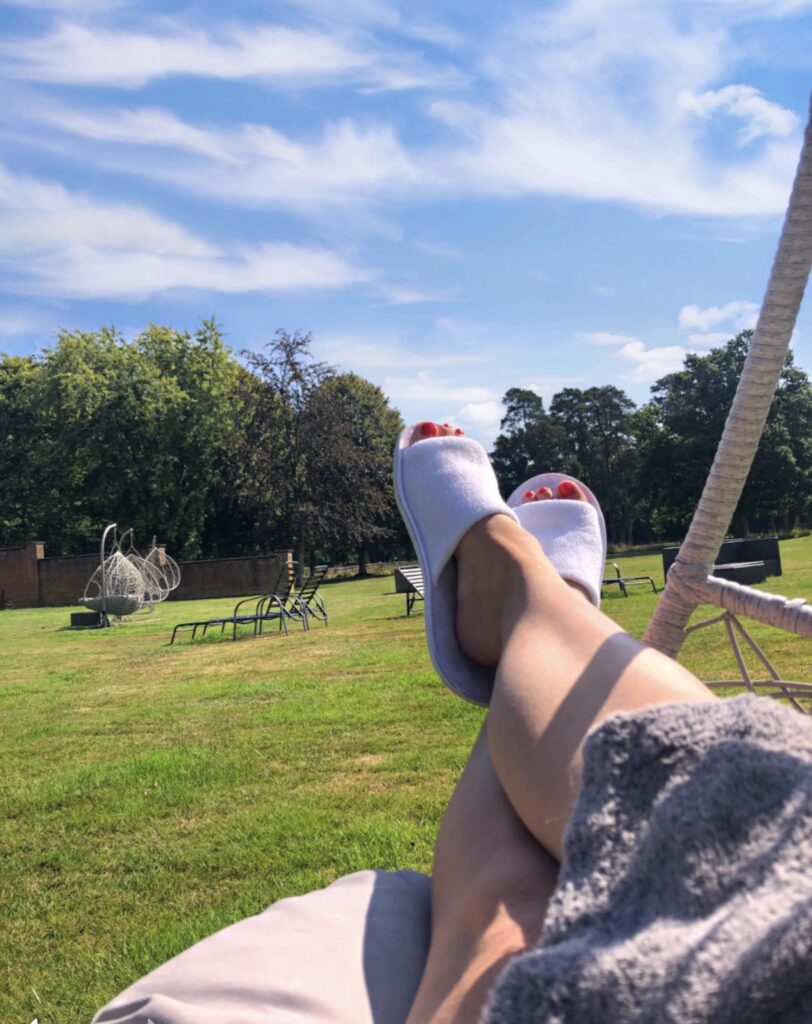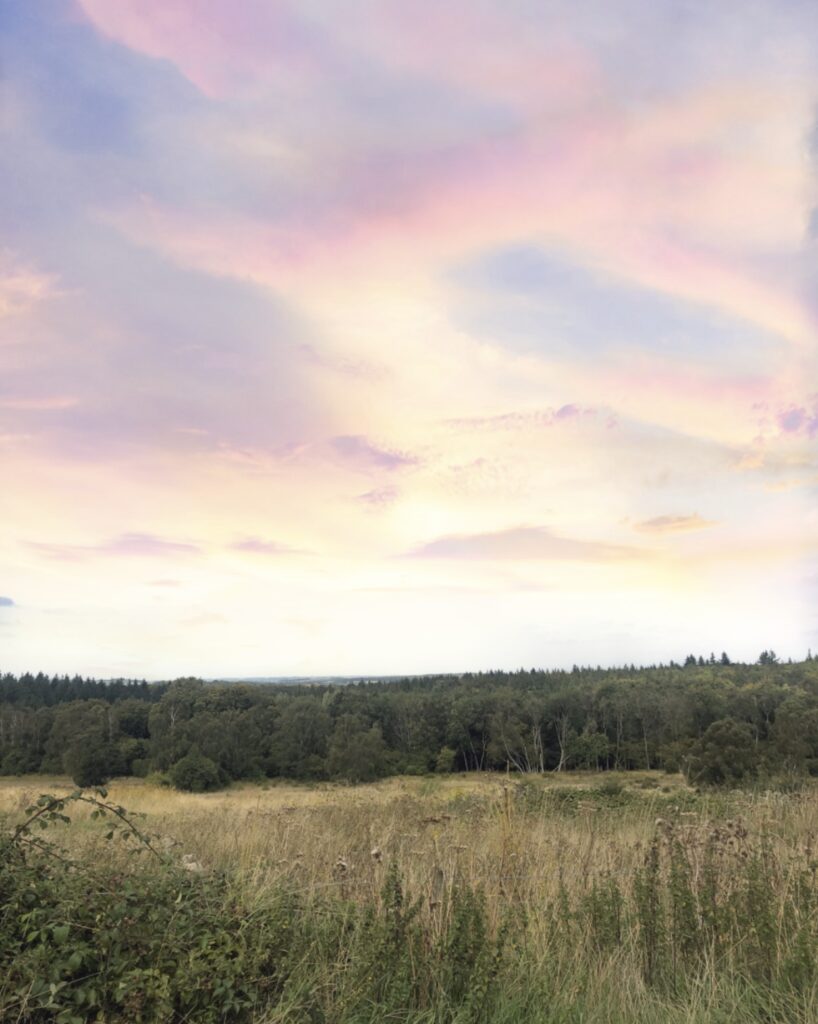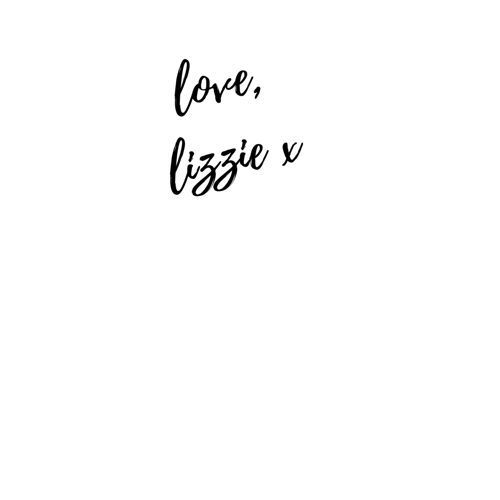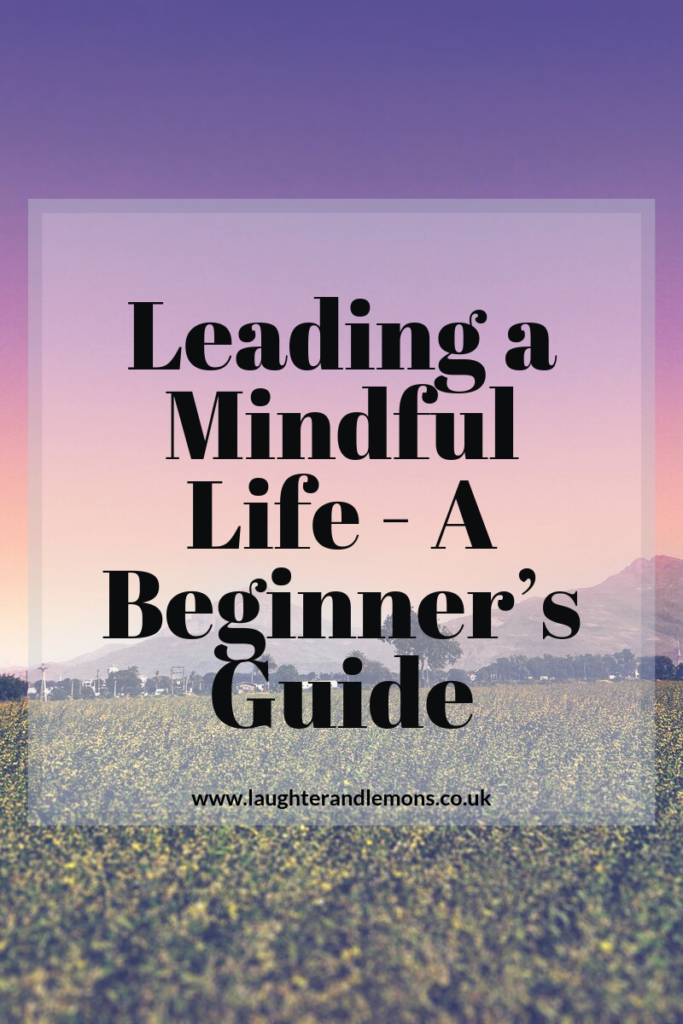Until recently, I was a total beginner when it came to mindfulness.
If I’m honest, I wasn’t even sure what it was.
A constant feeling of peace and harmony? A state of floaty bliss only people with a mind far less hectic than mine could achieve?
I didn’t have a bloody clue.
But having charged head first into 2019 with a new attitude towards my own self development, I noticed the practise of ‘mindfulness’ a lot. Everywhere I looked I’d read about the enormous benefits it offers, not least it’s incredible abilities in managing stress levels and enhancing general wellbeing – both of which completely sold it for me.
And after noticing myself slowly spiralling into an unhealthy (and pretty unmanageable) level of overwhelm during the last few months, I thought it the perfect time to welcome mindfulness into my existence (with open, slightly frazzled arms) learn the processes, and embrace it in my everyday life.
So, if you’re dipping your toes in to this technique, or have no ruddy idea where to start, read on, friend. Your beginner’s guide to mindfulness — and why you should be practising this wonderful art — starts here…
So what is mindfulness?
One of my favourite explanations comes from Pawan Nair (@the_higher_self) who starts by describing what it’s not. It’s not what most beginners believe (guilty) that is, clearing your mind of every thought and feeling.
Mindfulness is experiencing each moment and embracing it without judgment, allowing your thoughts to come and go, and making your mind full in the present moment. It’s using your senses and breath to ground and truly immerse yourself in the now.
Originating from the early teachings of Buddha 2500 years ago, the methods were formed into therapies in the 1970’s and have been used in treating stress management, mental health issues, addition recovery and much more ever since.
“Do not dwell in the past, do not dream of the future, concentrate the mind on the present moment.”
Buddha
The benefits
There are countless reasons why mindfulness should be introduced into your everyday.
So, before I start on about the how, I need to sell it to you first.
Here’s the why:
- Stress relief
- Improved sleep
- Increased body satisfaction
- Improved cognitive abilities (memory, attention span, focus)
- Mood booster
- Reduced anxiety
- Improved resilience
- Better relationships
- Better emotional reactions
- Improved physical health
- Heightened creativity

How do you do it?
To put it simply (because who needs a complex definition) to be mindful, you need to focus on the task in hand, purposefully, and to experience it in full; that includes honing in on the sound, smell, taste, visual, feel and emotion. It’s noticing your body, the actions you’re taking, and the environment you’re in as an immersive experience for the brain, allowing you to completely indulge in the present moment and not think about the past or future.
“Even in the midst of disturbance, the stillness of the mind can offer sanctuary.”
Stephen Richards
Okay, so far so good. But, I hear you (and me from three months ago) ask: how does this work in real-life?
Every day practises
Don’t worry, I’ve got you, my friend…
Being a particularly busy human, I was in serious doubt as to how I’d incorporate mindful behaviour in to my day-to-day, and to be honest, whether it would work at all. I had visions of having to abscond to rural Scotland for a month, or enrolling in a ridiculously overpriced Balinese yoga retreat, to help me clear some mental space and get my head together.
I had no idea that small mindful changes in routine could help so much with calming my whirling mind.
And, the even better news, once you know how, you can literally be mindful anytime, anywhere.
So, here’s a few tips you can use to bring yourself into the present moment throughout the day…
Meditation
The Holy Grail of mindfulness. And something that can be done in as little as five minutes. The aim is to relieve the mind of the constant chatter and barrage of thoughts, enabling you to reach a level of enlightenment. (And chill right out).
There are countless apps that can help with this: @headspace is my go-to, or pop in ‘guided meditation’ into YouTube or Spotify and you’re away…
Mindful Awareness
Tune in to exactly how you feel whilst doing an activity. For example, I like to be mindful whilst washing my hands; feeling the sensations of the cool water and smell of the soap helps pull me into the present moment.
Being aware can literally be done with anything: mindful walking (feeling the weight of your feet on the ground, the temperature around you, and noticing what you can hear), or when enjoying a cup of tea, taking five minutes to notice the colour, taste, and temperature of it.
If you’re at work, take a few seconds to stretch at your desk, sip intentionally on your drink, or pop outside. Notice the sensation of your feet in your shoes, the clothes on your skin, or do a quick mental body scan, up and down, to see how each part of you feels.
These small acts of mindfulness will help reset your mind during a busy day.
Mindful observation
When looking at a beautiful sunset, become aware of the shapes of the clouds and colours of the sky. Really look at it.

Mindful eating
It’s easy to get carried away chowing down when you’re hungry, but by eating mindfully (noticing the texture, temperature, flavour) you spend time savouring your sarnie instead of hoovering it down for convenience.
Focused Breathing
One of the very basic (and extremely effective) methods of mindful practise is using the breath. By focusing on breathing in and out, you can pull yourself into the moment instantly.
I use deep breaths to help me deal with overwhelm. Being a perpetual plate spinner with many in the air at any one time, I often find the slightest sense of something going wrong causes me undue distress; I really feel it in my chest, you know?
But by taking deep, calming breaths, and feeling the stress melt away from my shoulders and stomach, and my muscles relaxing, it helps me realign and get clarity rather than bubbling over with stress. If you want to explore this further, there are tons of breathing techniques to try online.
Gratitude
Writing down what we’re grateful for helps us realise the many blessings we have and distracts us from what we perceive negatively in our lives. By reflecting on all you have with an attitude of mindfulness, it’s clearer to see what we can learn from all our experiences, good and bad.

*MINDFUL TIP
A tip I learnt from the gorgeous human and mindfulness expert that is Rachael Kable (if you haven’t checked her out already, definitely do so, her dets are below) is to pick prompts that remind you to jump back into your practise throughout the day.
Rachael suggests using a hand cream – and I use drinking water – to remind you to hop into the moment. If you’re forgetful, like me, having these prompts is super-useful in nudging you to appreciate the now instead of cruising along on autopilot all day.
Without judgment
When practising mindfulness, we are encouraged to do so judgment-free. At first, I wasn’t too sure of the significance of this; however, (turns out!) to experience something without judgment, you take away any preconceived feelings on it.
This allows you to experience the world through a new, unfiltered lens, giving space to appreciate beauty where it may have been missed before.
“Your calm mind is the ultimate weapon against your challenges. So relax.”
Marcus Aurelius
You are already mindful
So, there you have it, my beginners guide to introducing a few simple practises in your life!
You’ll be surprised at how much mindfulness has (more than likely) always played an active part in your day. Those times you’ve sat feet in the sand or grass, eyes closed, felt the sun on your face and listened to the waves or birds overhead – that’s being mindful.
This guide helps take you one step further by showing it can be done when you aren’t only in a place of peace or bliss. It may just be feeling the warmth of your duvet first thing in the morning, or enjoying a proper cuddle last thing at night.
I hope this guide’s shown you that bitesize mindfulness is in your pocket whenever you need it.
Of course, I’m not saying being mindful is easy. It takes practise and you can feel like a bit of a numpty at first. But the benefits are unbelievably worth sticking around for, I promise.
As for me, I won’t lie, this journey hasn’t come naturally. But the beautiful snippets I’ve picked up are already helping me step out of the fast lane and look forward to those calmer moments.
On that note, thank you for being here. I’m always on the hunt for new hints and tips, so please comment below with any books, podcasts, or experiences of your own you would like to share.
Your words are SO welcome.

Mindful resources
A few resources that helped kick-start my own mindful journey:
Rachael Kable – The Mindful Kind Podcast

What a lovely read, you have such a wonderful way with words. Love you xxx
I’ve just read your lovely words. Bless ❤❤❤